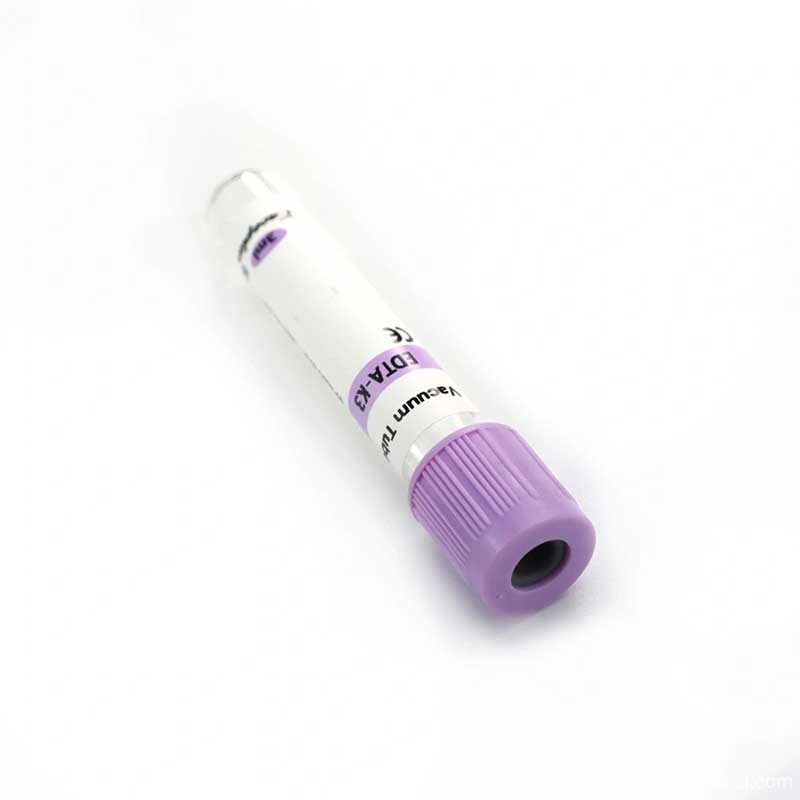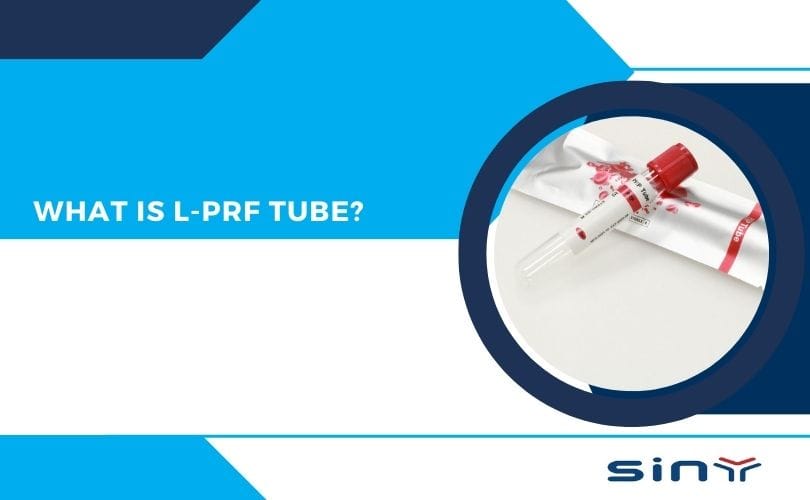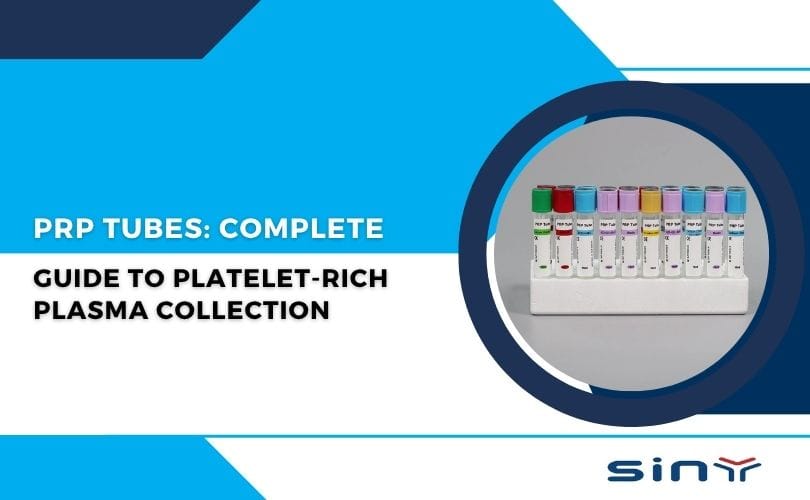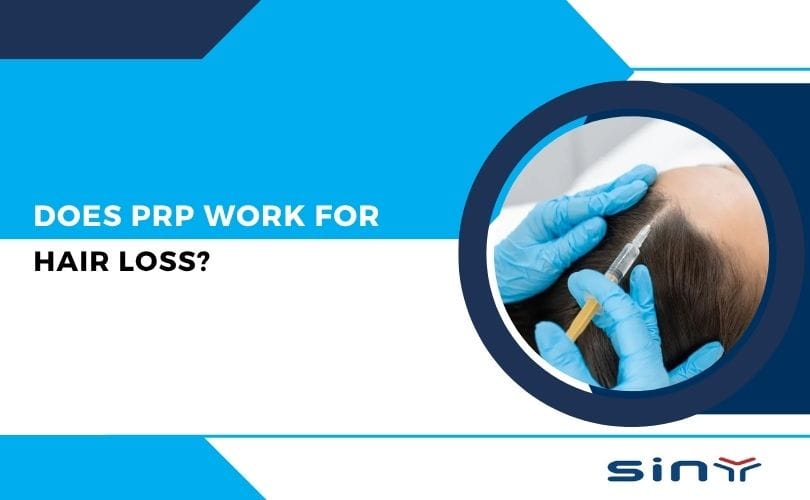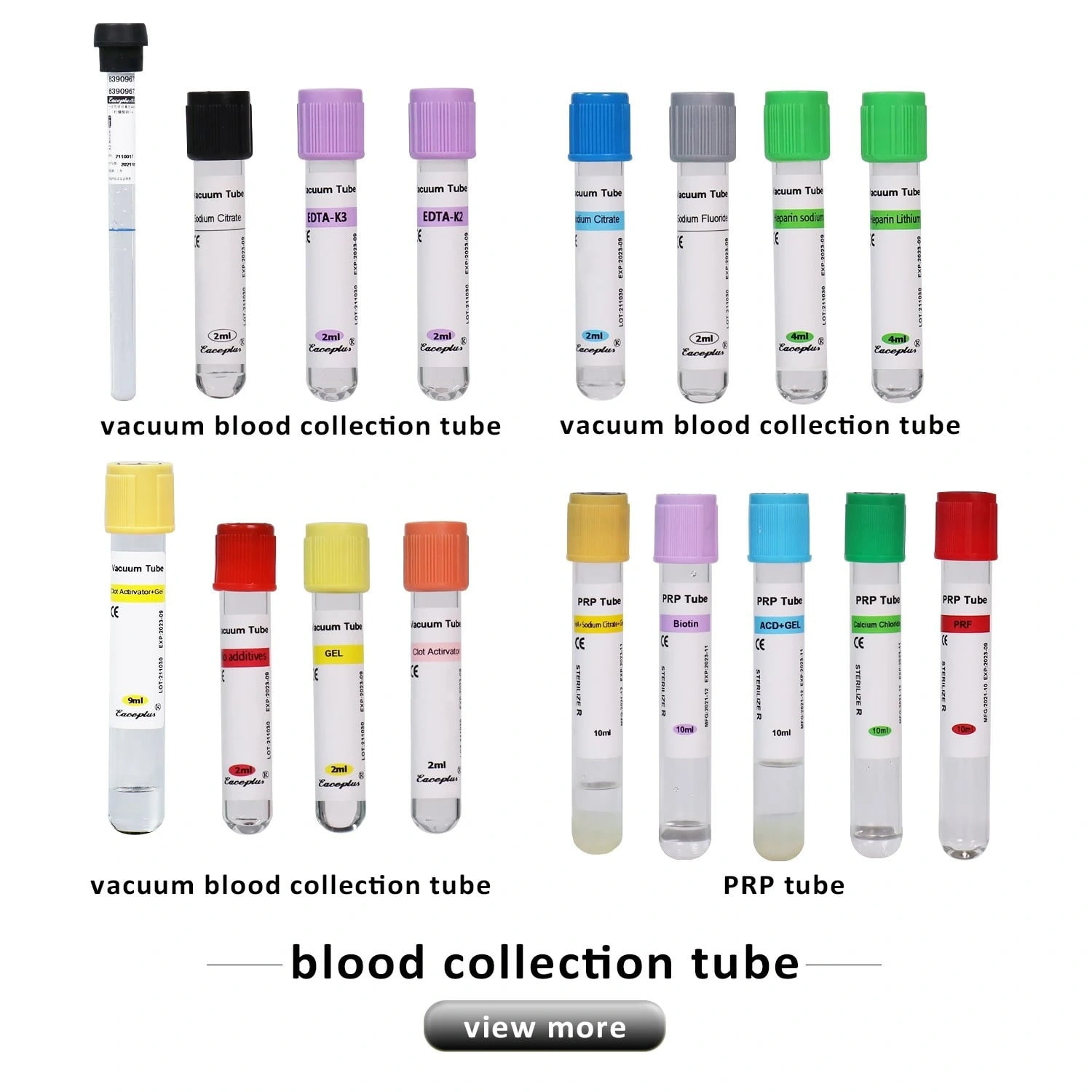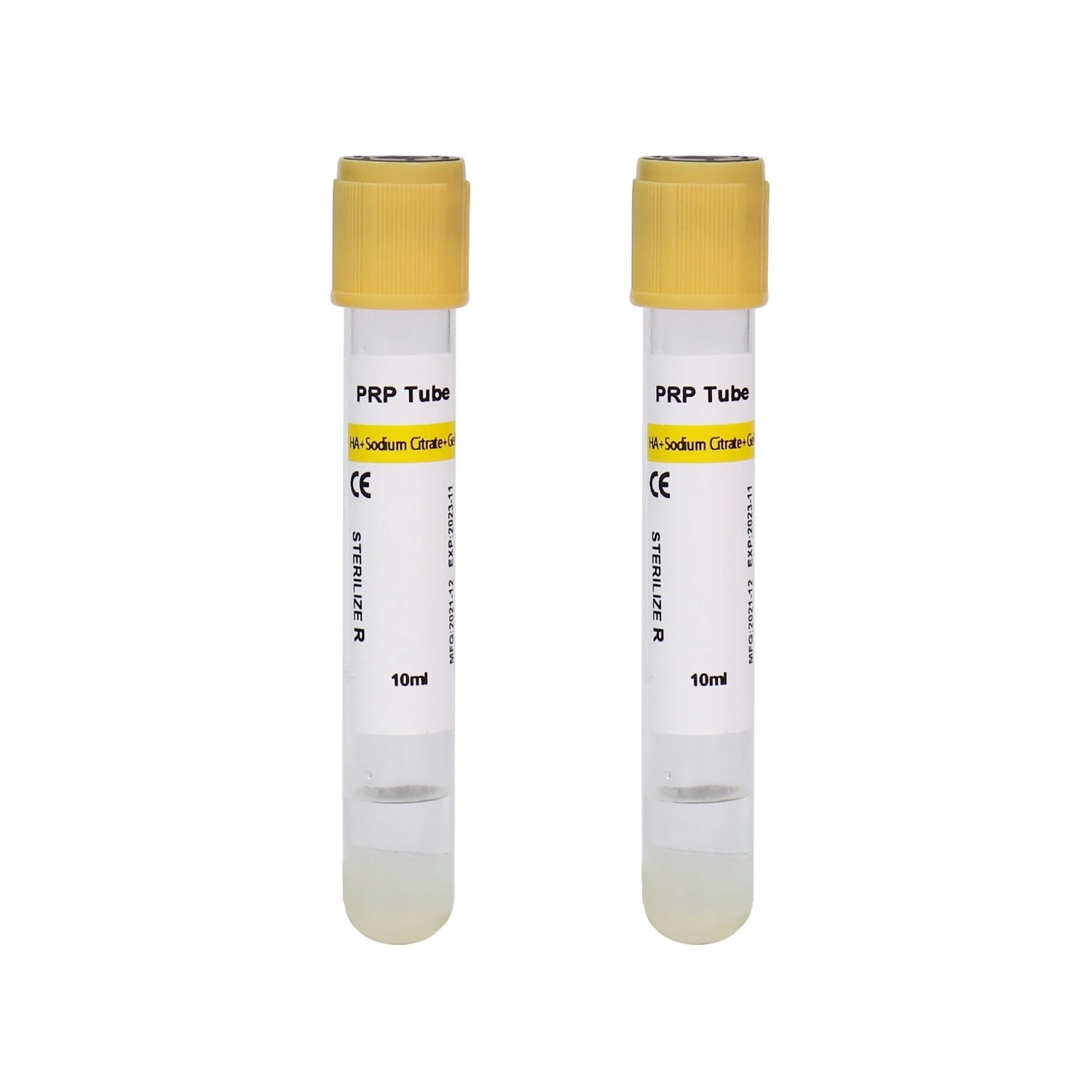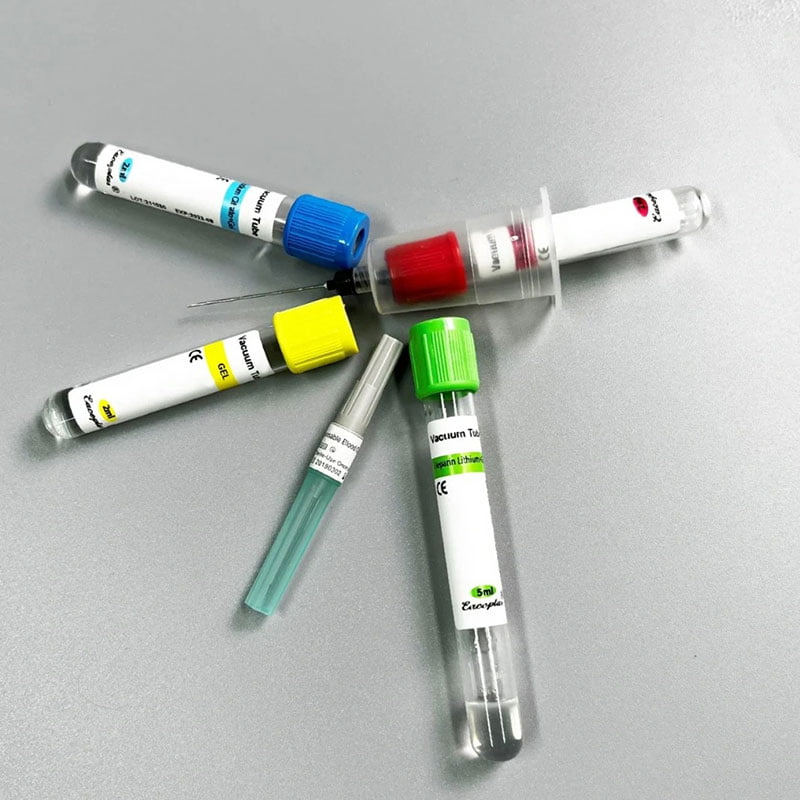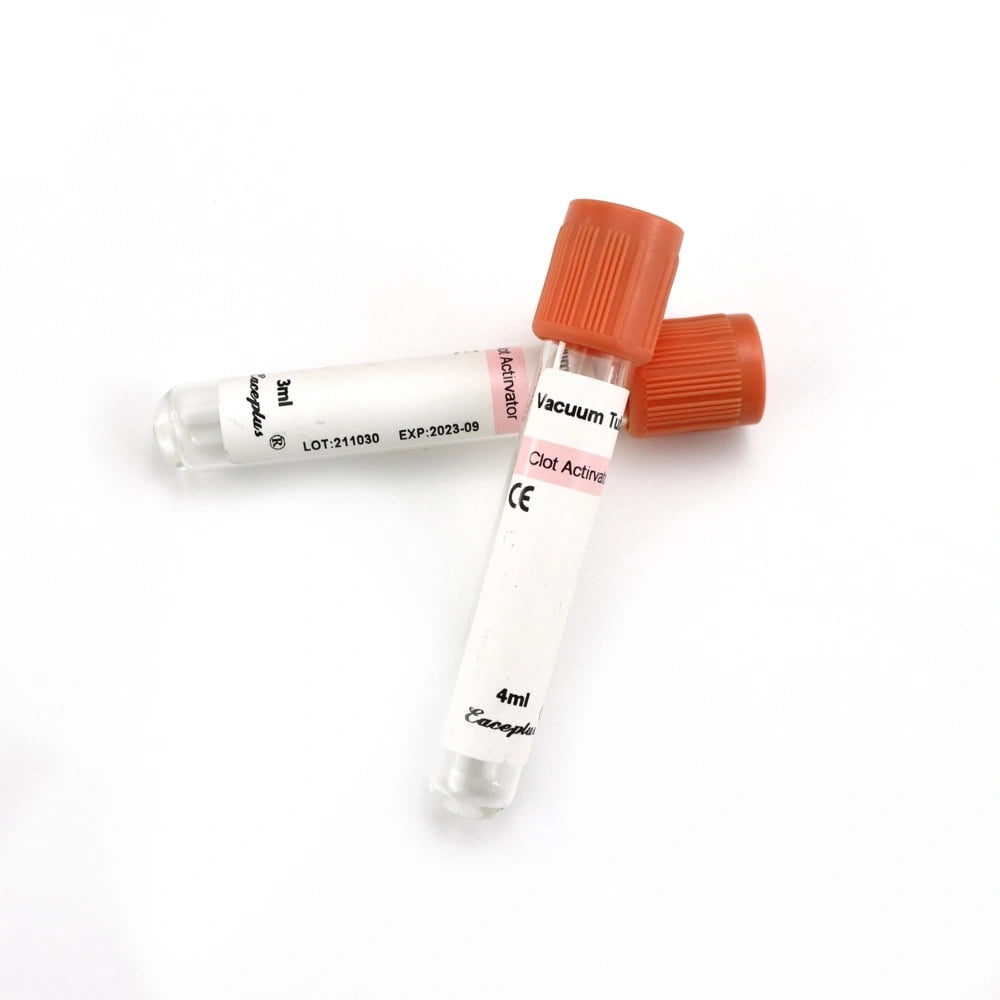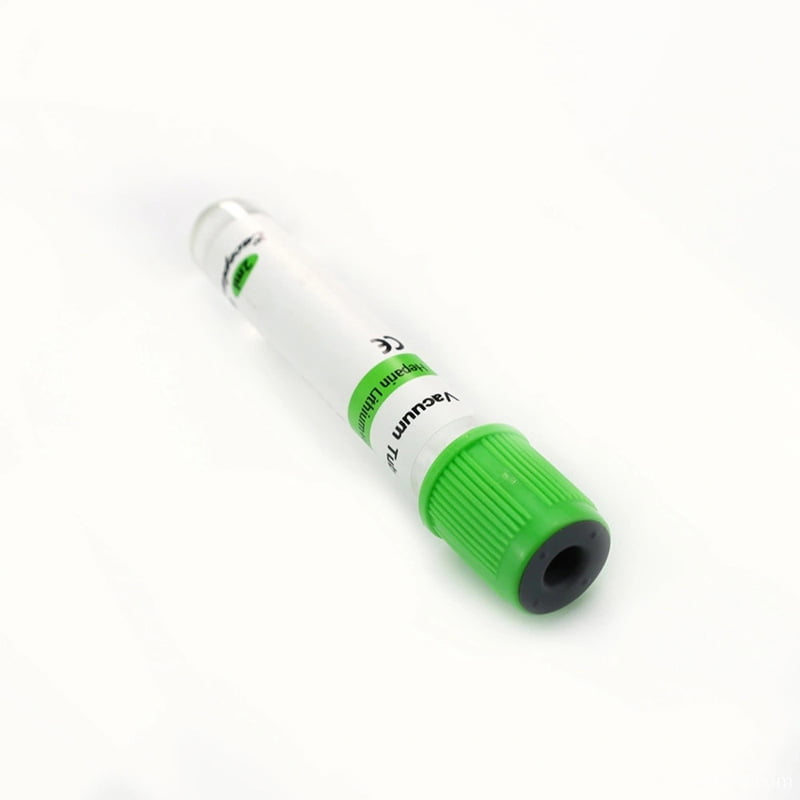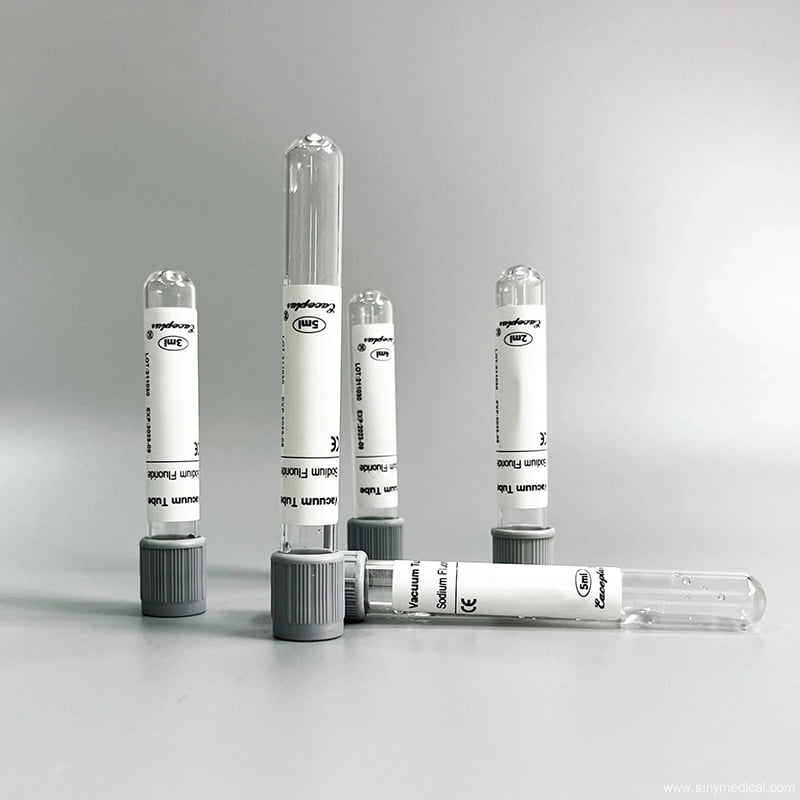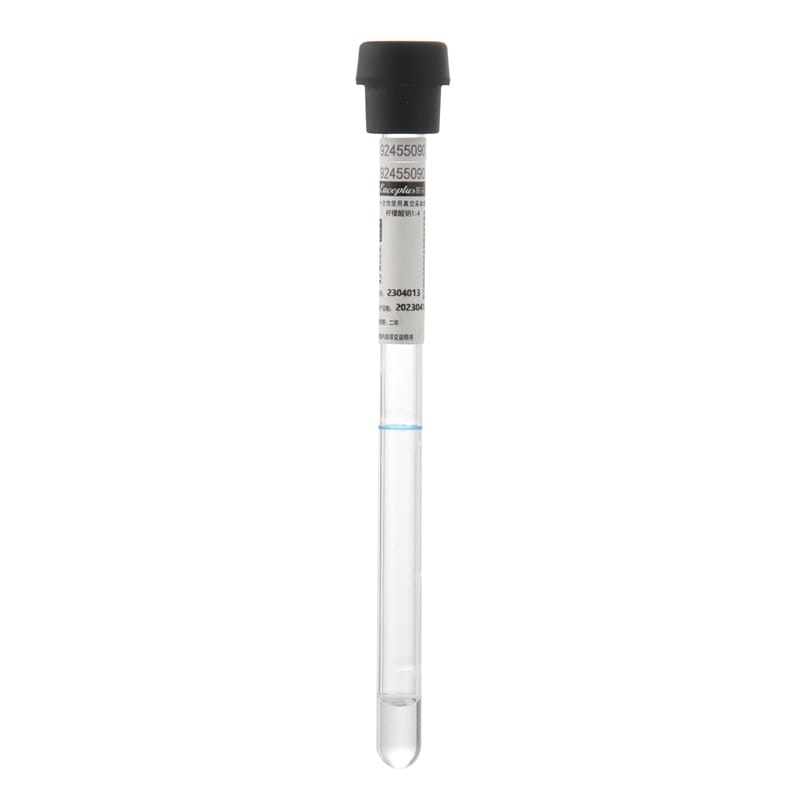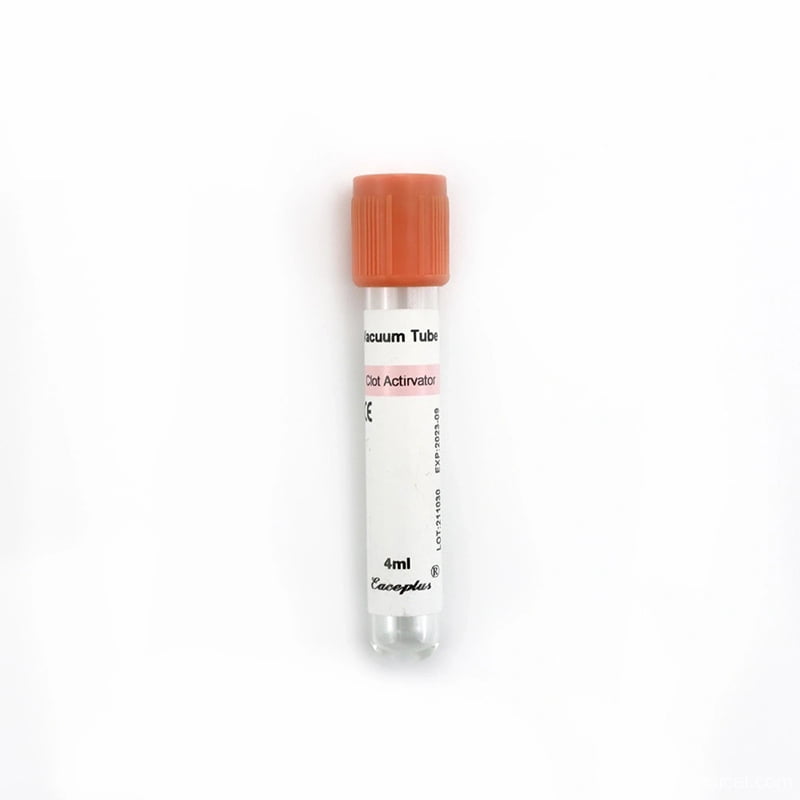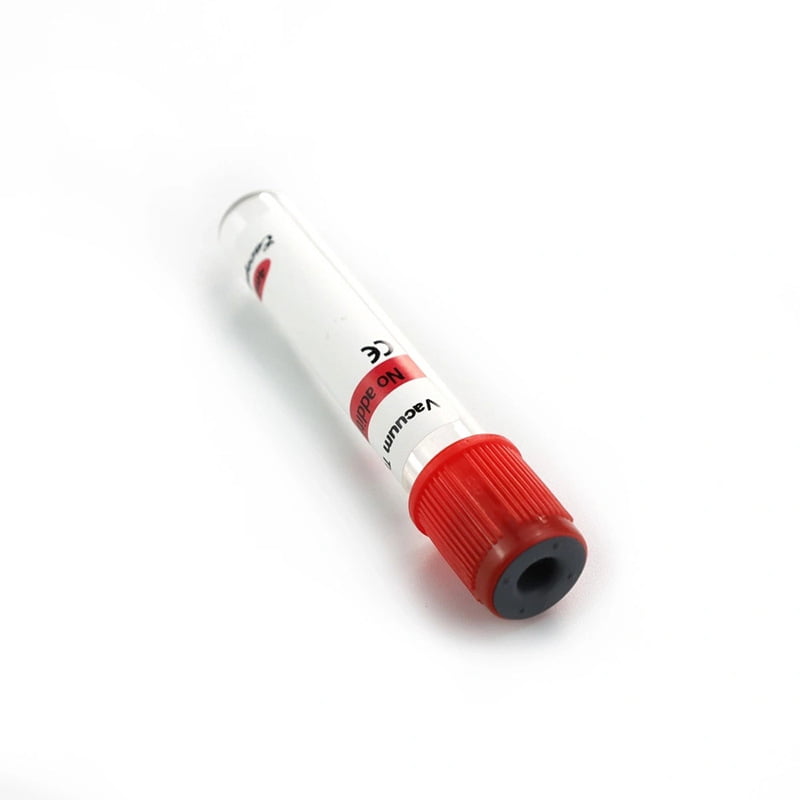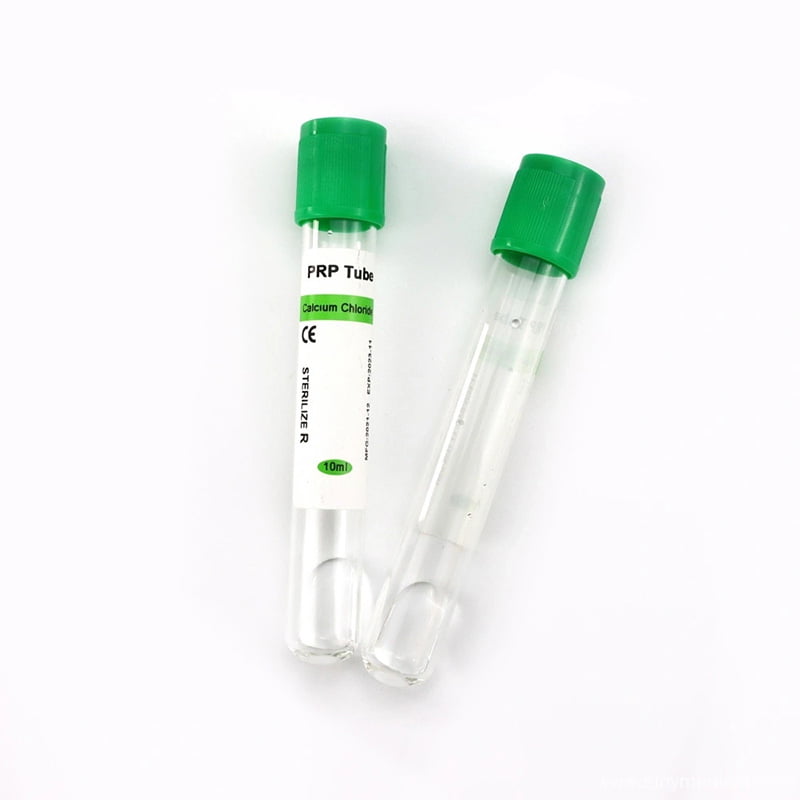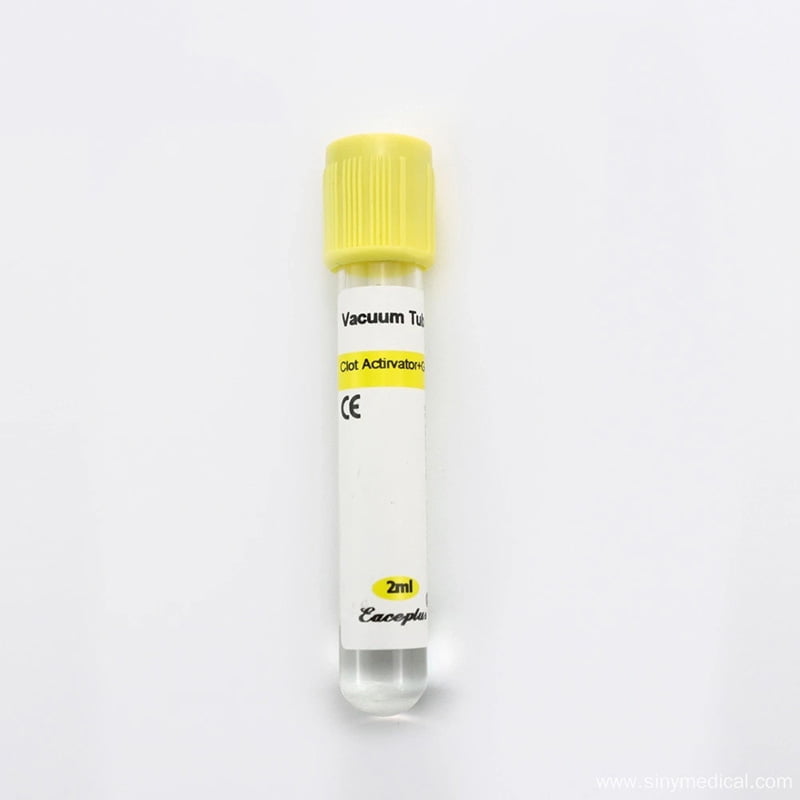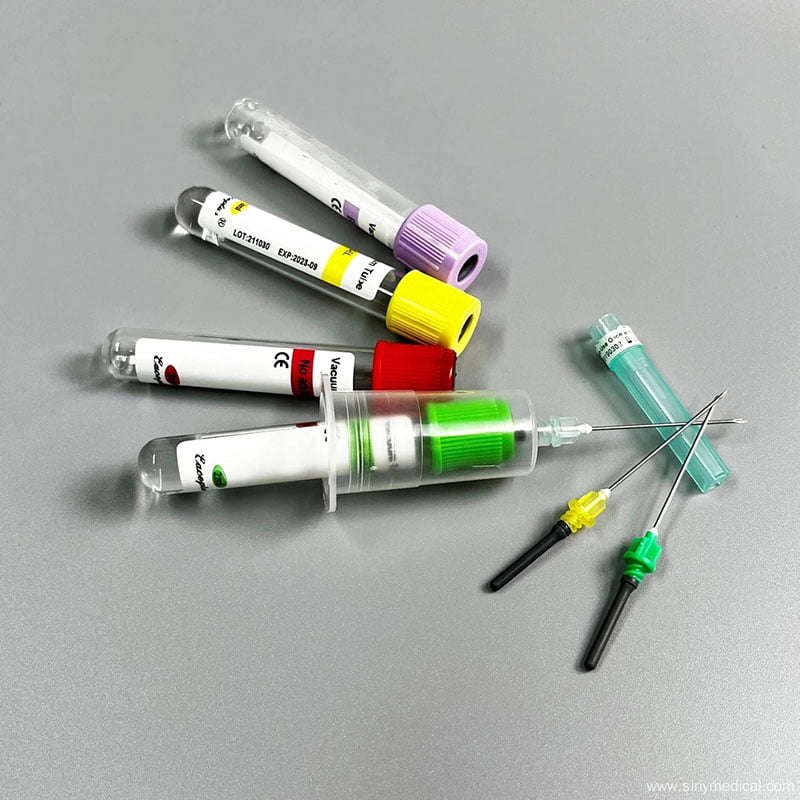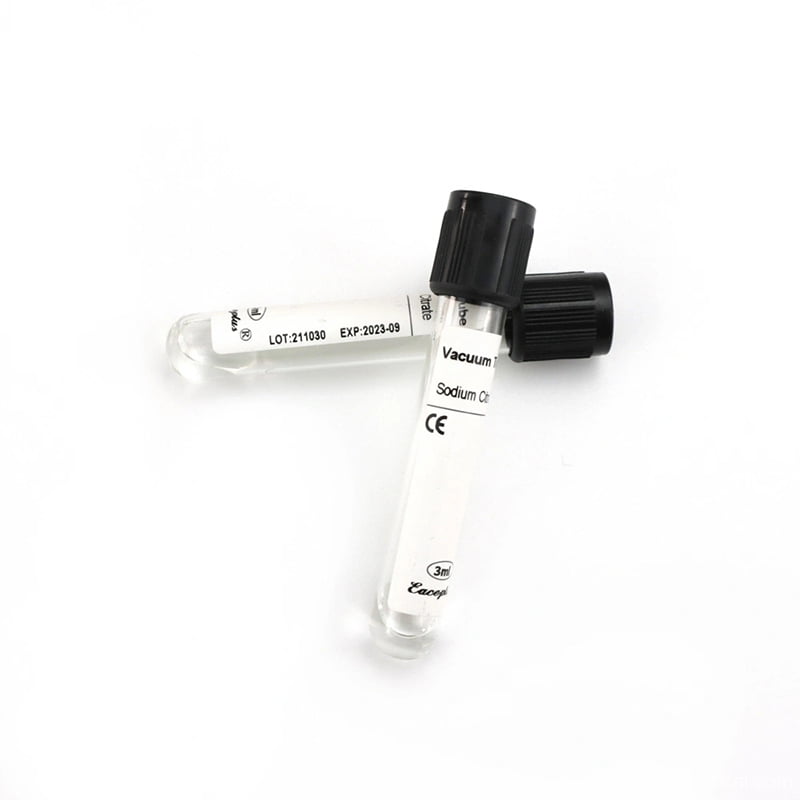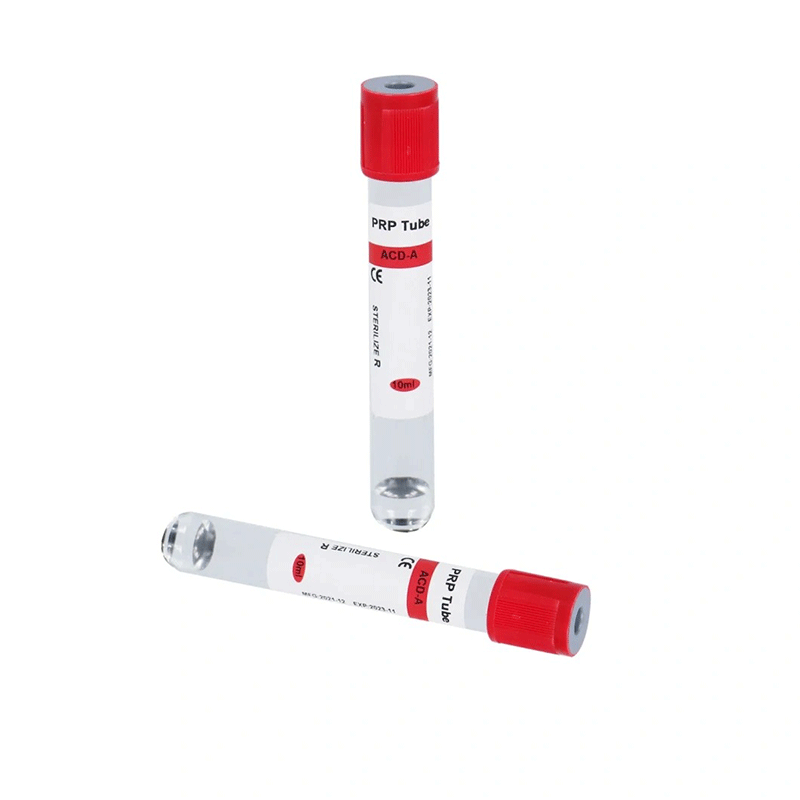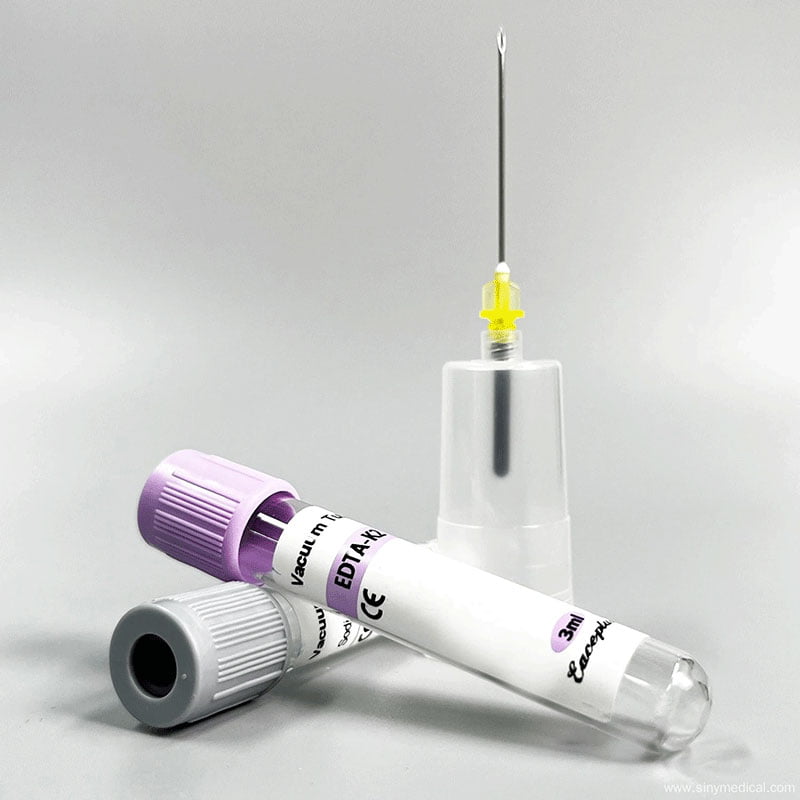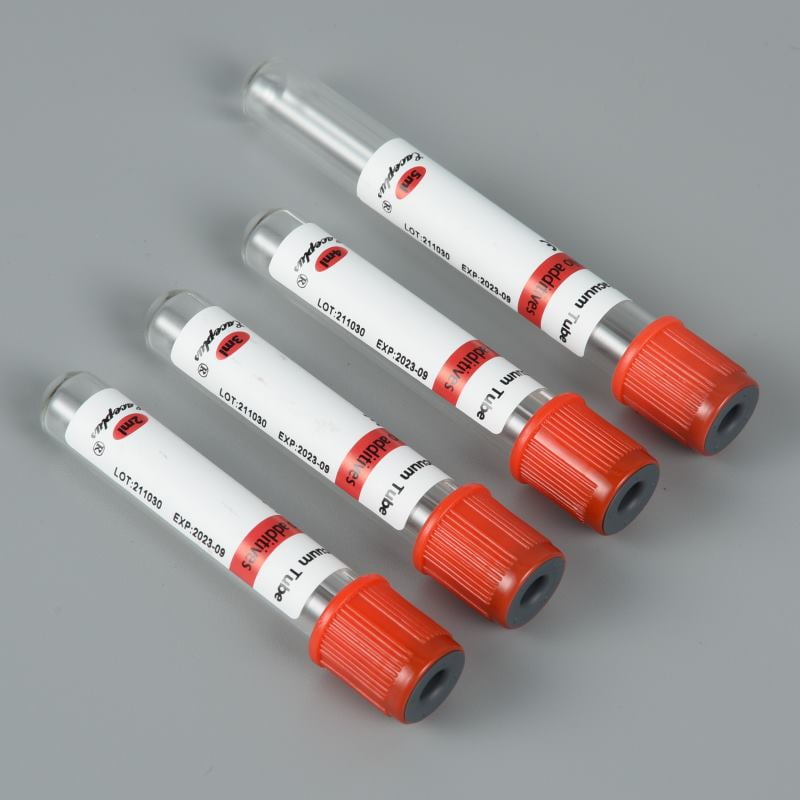L-PRF tube (Leukocyte- and Platelet-Rich Fibrin) serves as a second-generation fibrin matrix derived from the patient’s blood. Unlike first-generation PRP (Platelet-Rich Plasma), L-PRF forms a clot rich in platelets, white blood cells, and a 3D fibrin network through a simple centrifugation step without adding anticoagulants or chemical activators. It releases growth factors and cytokines over several days, regulates immune response, stimulates new blood vessel growth, and supports tissue repair. Clinicians use it widely in oral and maxillofacial surgery, plastic reconstruction, and orthopedic trauma.
At Siny Medical, we specialize in high-performance L-PRF tubes designed to optimize this revolutionary healing process across multiple medical specialties.
Table of Contents
The History and Evolution of L-PRF Technology
- Technique Evolution: Researchers introduced PRF in 2001 by centrifuging blood without anticoagulants. They then fine-tuned speed and time to develop variants like A-PRF, i-PRF, and L-PRF.
- Name Origin: L-PRF highlights the role of leukocytes (white blood cells). It retains high platelet levels while enriching leukocytes to enhance immune regulation and antimicrobial action.
- Device Upgrades: Modern centrifuges offer programmable settings and a choice of rotor types, ensuring consistent and reproducible results.

Composition and Biological Mechanism of L-PRF Tube
Fibrin Scaffold During centrifugation, fibrinogen naturally converts into fibrin without the need for added thrombin. This cross-linked fibrin matrix acts as a 3D scaffold that promotes cell attachment and migration. It also securely holds and gradually releases bioactive molecules, making it ideal for wound healing.
Platelets and Growth Factors L-PRF is rich in platelets that continuously release growth factors such as:
- PDGF (Platelet-Derived Growth Factor)
- TGF-β (Transforming Growth Factor-beta)
- VEGF (Vascular Endothelial Growth Factor)
- EGF (Epidermal Growth Factor)
These growth factors stimulate fibroblast activity, angiogenesis, and osteoblast proliferation, thereby accelerating healing.
Leukocytes for Immune Modulation Leukocytes within L-PRF secrete cytokines like IL-1β, IL-6, and TNF-α. These are vital in modulating the immune response, clearing microbial agents, and supporting tissue remodeling. Their antimicrobial function helps lower infection risks in surgical sites.
Explore a detailed product application with the 10ml PRF Tube for Knee Treatment, specifically tailored for orthopedic and sports medicine.
Step-by-Step Preparation of L-PRF Using PRF Tubes
1. Blood Collection Use a 21G or 19G needle to draw venous blood. Blood should be transferred immediately into a sterile L-PRF tube from Siny Medical. Timing is critical to prevent premature clotting.
2. Centrifugation Place the filled tubes into a centrifuge set at 1,300 rpm (approx. 200×g) for about 3–8 minutes. The exact time may vary based on the desired clot properties and the machine’s specifications.
3. Clot Isolation Post-centrifugation, three layers are visible:
- Top: Platelet-Poor Plasma (PPP)
- Middle: L-PRF Clot
- Bottom: Red Blood Cells (RBCs)
Carefully extract the L-PRF clot with sterile forceps, trimming off any red cell remnants for purity.
4. Application and Molding The clot can be used as-is or molded into membranes using compression boxes. This flexible format allows it to be adapted for various clinical procedures, from wound dressing to bone graft support.
Find high-quality sterile preparation options at the PRF Tube Category.
Clinical Applications of L-PRF Tubes in Medicine and Dentistry
Dental Implantology and Oral Surgery L-PRF membranes are placed over dental implants and extraction sockets to reduce post-operative pain, swelling, and inflammation. It significantly accelerates bone regeneration and tissue closure.
Explore specialized products for dental use here: PRF Tubes for Dental Procedures.
Periodontology and Soft Tissue Repair Used in gingival grafts and periodontal flaps, L-PRF supports mucosal healing and helps avoid complications. Its elasticity and growth factor release make it ideal for covering and stabilizing surgical sites.
Orthopedic Applications In joint surgeries or fracture recovery, L-PRF clots can be combined with bone grafts or stem cells to improve osteogenesis and reduce healing time. These benefits are particularly significant in sports injury management.
Wound Healing and Chronic Ulcers L-PRF provides a moist, growth factor-rich environment that encourages chronic wounds (like diabetic ulcers) to transition from an inflammatory to a proliferative phase. It promotes angiogenesis and granulation tissue formation.
Plastic and Reconstructive Surgery L-PRF acts as a natural bio-scaffold in reconstructive surgeries, helping improve aesthetic and functional outcomes.
Quality Control, Safety, and Best Practices
100% Autologous Material Because L-PRF is made from the patient’s own blood without additives, it eliminates risks associated with chemicals, reducing allergic reactions and infection.
Sterile Processing Environment Blood processing should be conducted in a sterile lab or operating theater using disposable, high-quality tubes. Find sterile options on SinyMedical.com.
Standardized Protocols Always follow standardized centrifuge settings and clinical procedures to ensure reproducibility and effective outcomes.
Patient Screening Before L-PRF use, patients should be evaluated for anemia, platelet count, and infections to ensure suitability.
For product inquiries or expert assistance, contact Siny Medical’s Support Team.
Summary
L-PRF Tubes represent a major innovation in autologous regenerative medicine. With a natural preparation process and broad clinical applications, L-PRF enhances healing across dentistry, orthopedics, dermatology, and more. By following strict preparation protocols and using high-quality tools like those from Siny Medical, clinicians can harness the full potential of this advanced healing technology. From socket preservation to orthopedic repair, L-PRF is setting new standards for safe, effective, and natural healing support.
Explore our full L-PRF product range or visit our YouTube Channel for procedural videos. You can also learn more about our global offerings on Siny Medical’s Made-in-China Profile.
FAQs L-PRF Tubes
Q1: How is L-PRF different from PRP?
L-PRF is created without anticoagulants or activators and forms a dense fibrin matrix. PRP requires additives and provides a quicker but less sustained release of growth factors.
Q2: What is the ideal centrifuge speed and time for L-PRF?
Typically 1,300 rpm for 3–8 minutes depending on the desired outcome and specific device used.
Q3: Can L-PRF be stored for later use?
No, it should be used immediately (within 30–60 minutes) to maintain the viability of platelets and leukocytes.
Q4: Are there contraindications for L-PRF usage?
Patients with blood disorders, active infections, or those on anticoagulants should be carefully evaluated before undergoing L-PRF therapy.
Q5: How do I ensure sterility during L-PRF preparation?
Use single-use sterile tubes and tools, and prepare the product in a clean or surgical environment while following biosafety guidelines.

